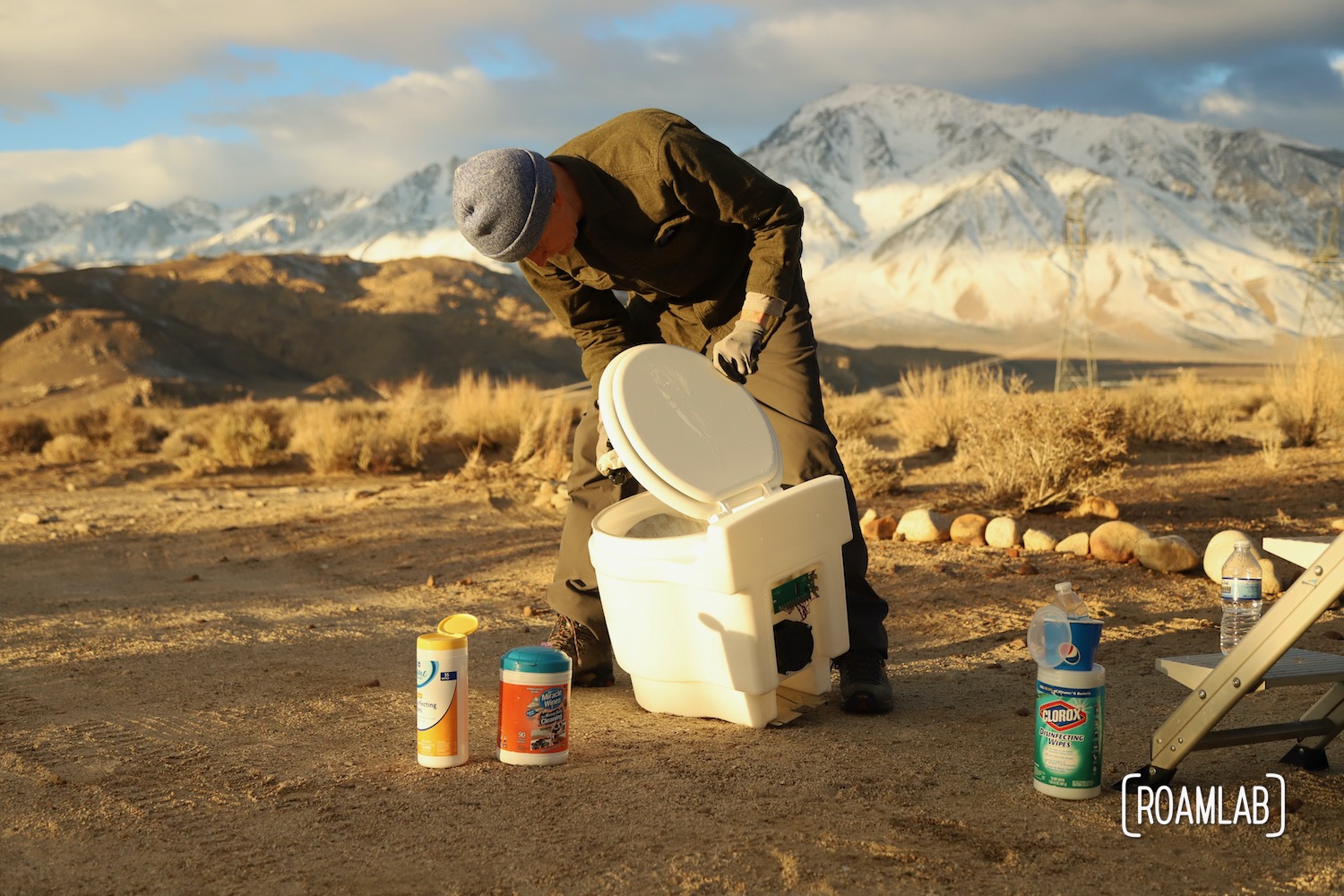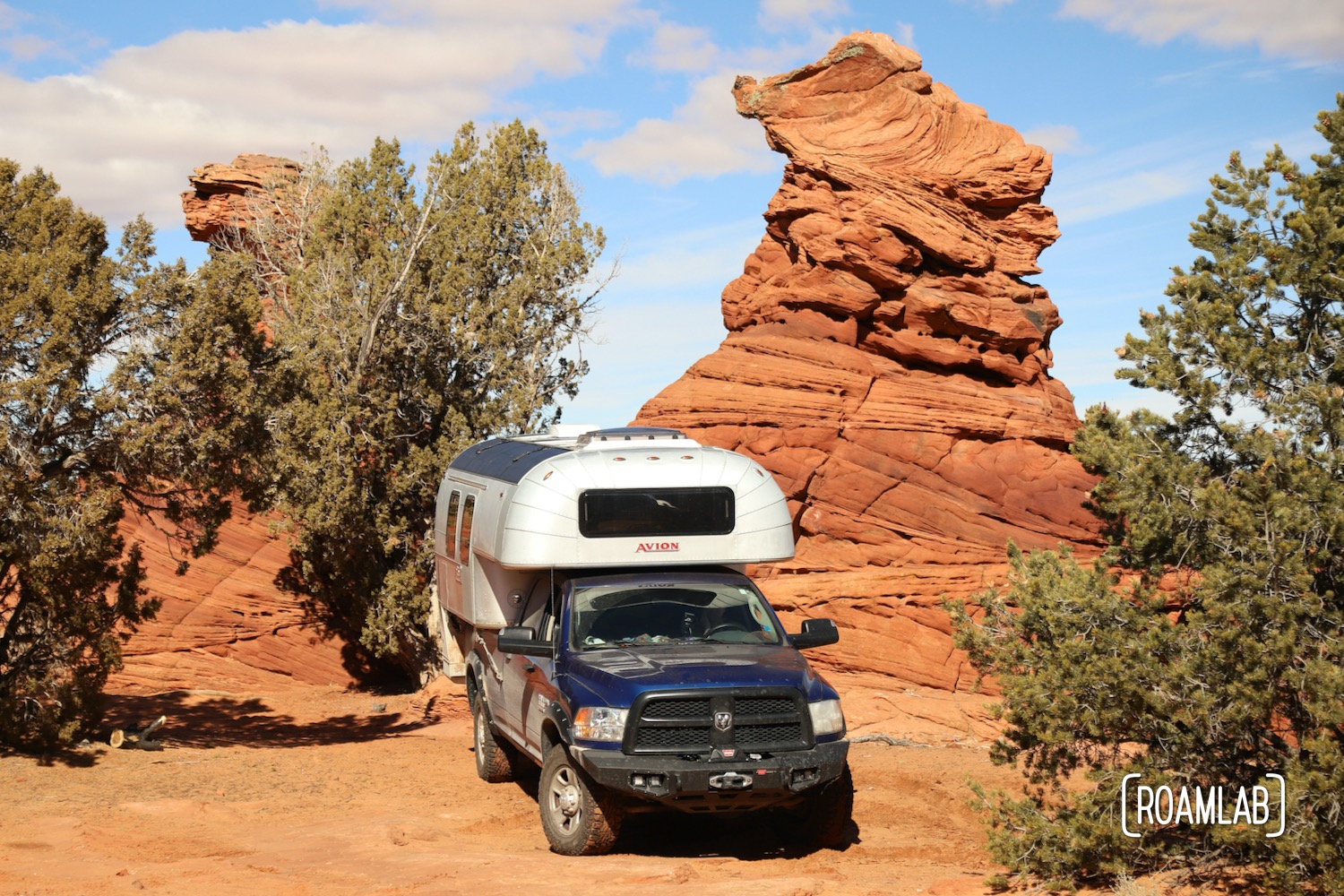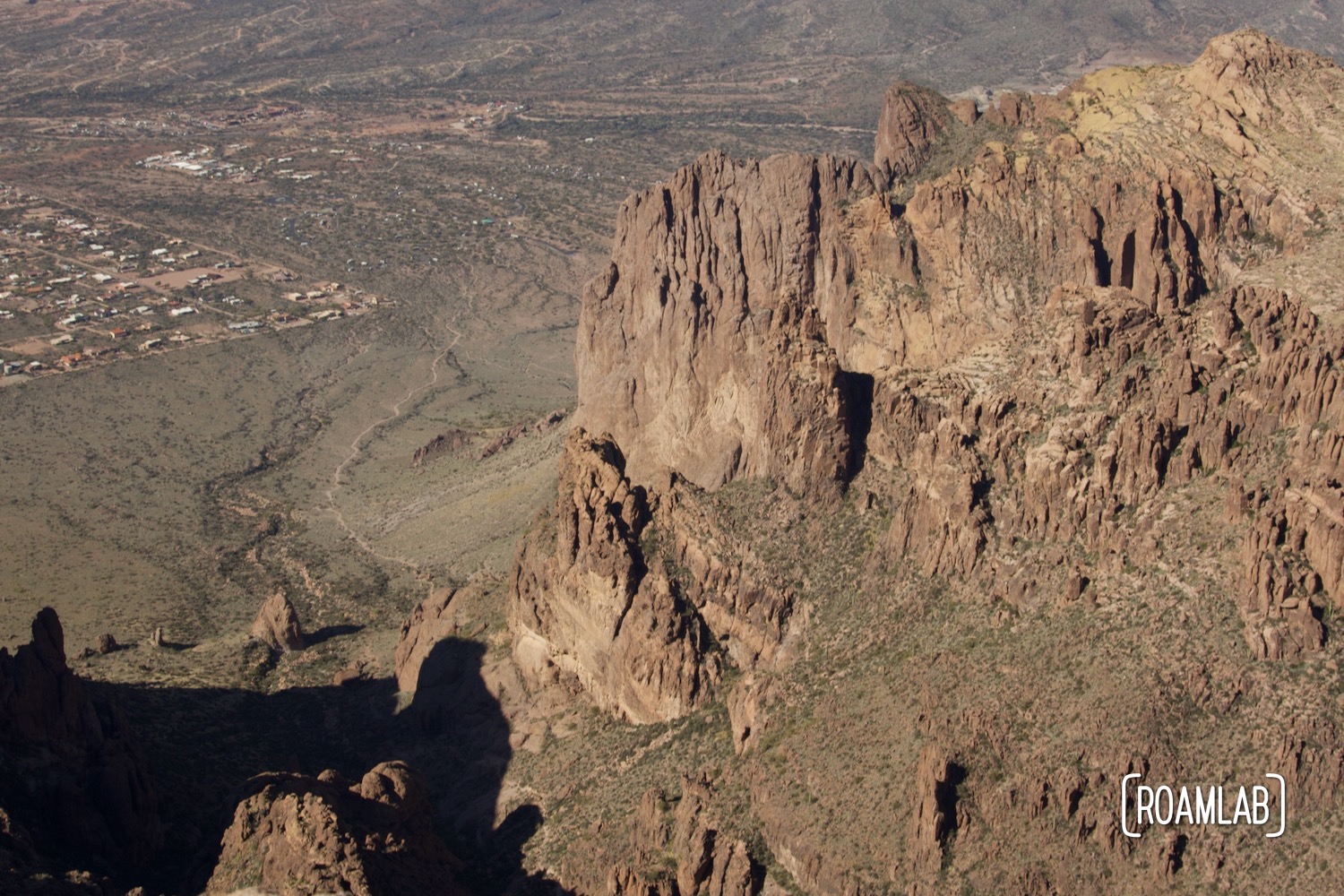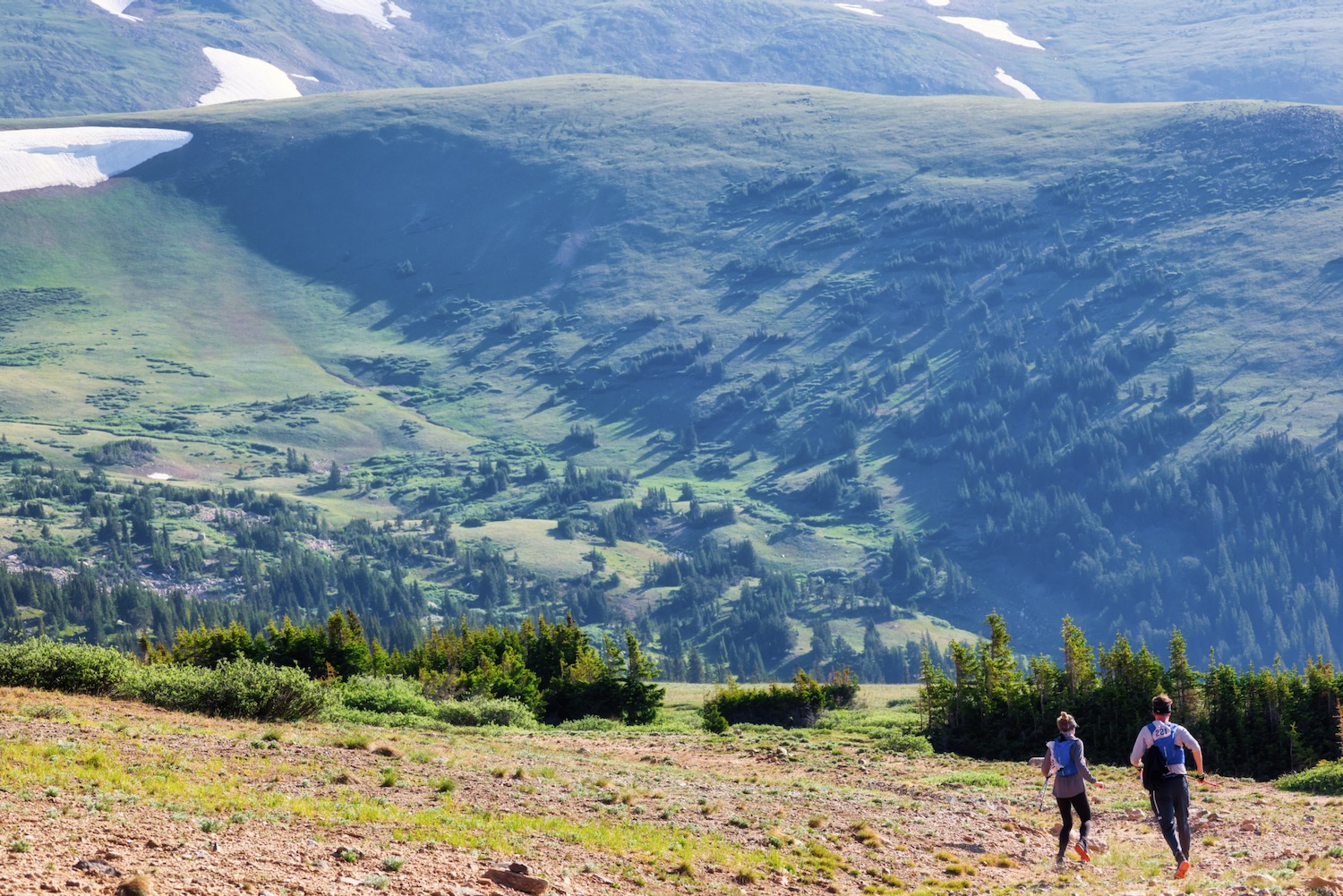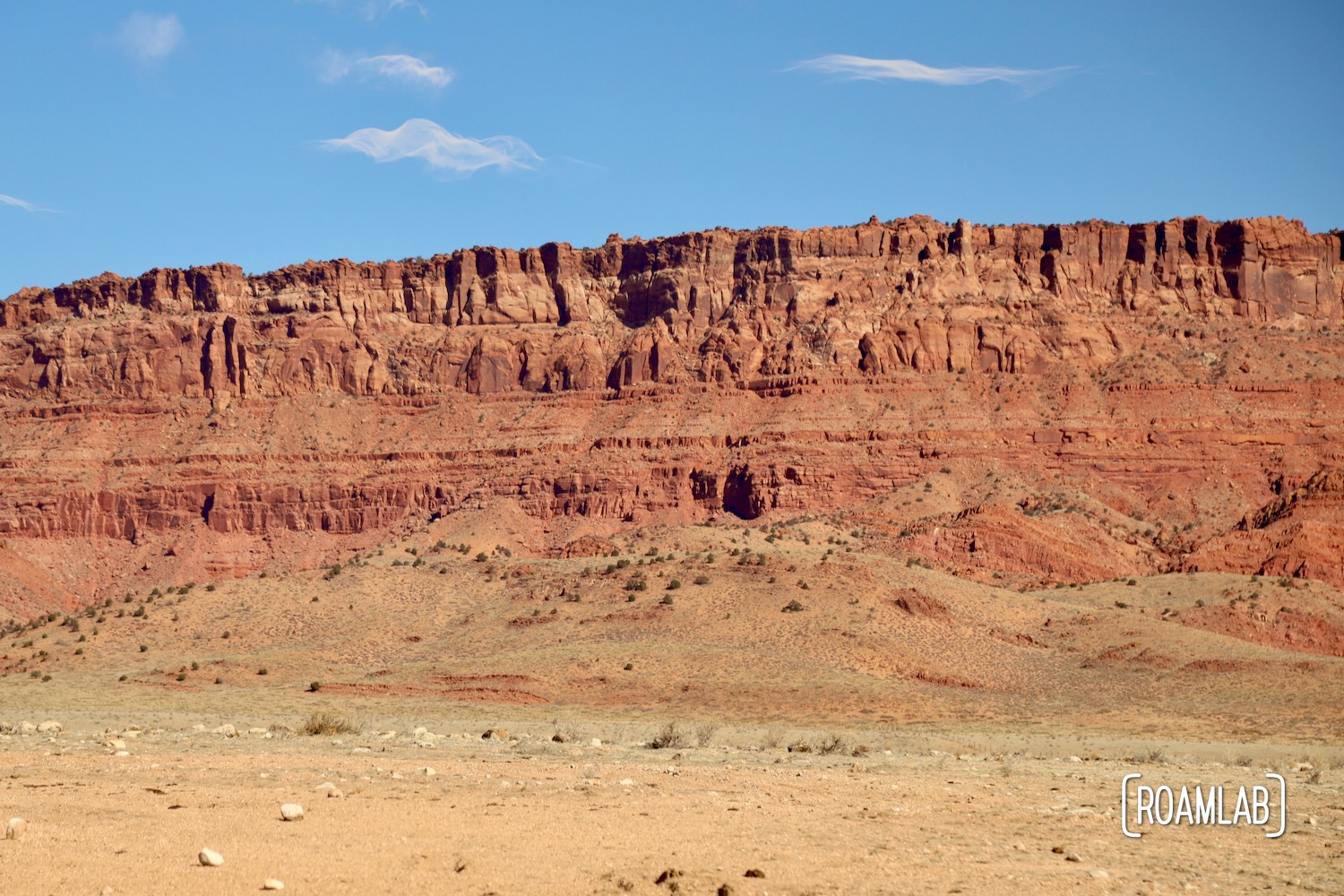
Most people come to Vermilion Cliffs National Monument for the geology. The sheer red cliffs are unique, but so is some of the wildlife. California condors (Gymnogyps californianus) are the largest land birds in North America, but their population is so small that they became extinct in the wild in 1987. Even so, the Vermillion Cliffs are part of the condor’s resurrection story. In 1996, six of these giant vultures were released in the Vermilion Cliffs, a population that has swelled to over 200 today. The California Condor is still listed as Critically Endangered, but they are regular spotted in the Vermillion Hills at the Condor Viewing Site.

The California Condor Recovery Program
California condors are an ancient species whose population can be traced back 1.65 million years ago. Their prehistoric range included populations in Florida and New York. But their range began to shrink 10,000 years ago as the large mastodons, camels, saber-tooth cats, and giant sloths that they would eat went extinct. The condor population was already limited to the Pacific coast by the time Europeans arrived. But Condor numbers plummeted to critical levels in the 20th century due to poaching, habitat destruction, and lead poisoning*. By the 1930s, the only remaining California condors were in California.
In an act of desperation, the US government captured the remaining 27 condors in 1987. Dire as the California condor’s state was, breeding programs at the San Diego and Los Angeles Zoos stabilized the population. In 1991, California condors were reintroduced to the wild. Condors have returned to wilderness areas across southern California, Northern Arizona, Southern Utah, and Northern Baja California.
As of 2019, there still are only 518 California condors in the wild and captivity. Due to their endangered state, their numbers are carefully monitored through the California Condor Recovery Program. Each bird is fitted with either a radio or GPS transmitter to monitor its feeding, behavior, and movement.
The Vermillion Cliffs Condor
The Vermillion Cliffs make an ideal habitat for the California condor. Rather than trees, these large vultures prefer protected high cliff caves and ledges to nest. These sites are generally safe from land-bound predators and benefit from updrafts to help these heavy birds take flight. After all, the average California condor is 26 pounds (12 kg), rivaling the heaviest bird in North America, the trumpeter swan. To sustain their size, condors must be near open grasslands and woodlands, where they search for carrion. The Vermillion cliffs and their surrounding grasslands perfectly meet the needs of these selective scavengers.
This is why, in 1996, six condors were released at the top of the Vermillion Cliffs. Six to ten condors continue to be released from this site each year. With a lifespan of up to 60 years, each new condor stands to make a lasting difference in this region. While some have died since release, over twenty young have been born in the wild by 2014. Overall, the population is doing well. And visitors today can see the population for themselves at the Condor Viewing Site.



Visiting the Condor Viewing Site
The Vermillion Cliffs Condor Viewing Site is located 3 miles down House Rock Road, a wide and well-traveled gravel thoroughfare. The nesting area may be far from the viewing area, but with a wingspan of 9.8 ft (3.0 m), the California condors stand out against the red cliffs and blue sky. Visitors can use a mounted telescope to peak at the popular nesting areas along the cliffs. In the morning, it’s easy to spot a group congregating along the white, dung spattered (called white wash) cliff edges and near a pen on top of the Paria Plateau. The pen is the only structure visible along the cliffs and is used to prepare new condors for release.
Along with the telescope, the viewing site includes a series of educational panels about California condors and their reintroduction to the Vermillion Hills. The Condor View Site is also the last bathroom option when traveling down House Rock Road. Being this remote, there is no running water. But a pit toilet stocked with toilet paper and hand sanitizer is a luxury out here.
A Seasonal Migration
The Vermillion Cliffs condors cover large territories, flying up to 200 miles a day searching for food. Where they fly shifts over the season. The Vermillion Cliffs Condor Viewing site is ideal for spotting these feathered giants in the winter and early spring. But, as the weather warms, their focus shifts. 20 miles east on US 89A is Navajo Bridge, a reliable site for viewing condors in the spring. By the summer, the population generally travels to the South Rim of the Grand Canyon. Come fall, they roost west of the cliffs in the Kaibab National Forest. Having just driven through the snowy forest, I understand why the condors return the Vermillion Cliffs in the winter.

Our Experience
We stop by the Condor Viewing site, both coming and going along House Rock Road. When we first arrive around noon, the cliffs are brilliantly lit by the sun, but we don’t see a single condor. On our return trip the next morning, however, we arrive shortly after dawn. The cliffs are still in shadow. But as the sky lightens, we can see the shadowy silhouettes of condor perching in the nooks of the cliff. As is the case with most wildlife viewing, early morning and late evening are ideal viewing times. As the morning progresses, the condors take wing. And we move on to our next adventure.
*Lead is the leading cause of death among California condors. These scavengers ingest the lead from the spent ammunition fount in animal carcasses. Hunters are key to the condors’ survival by either using non-lead ammunition or being sure to remove any lead bullet fragments from the remains of dead animals.


